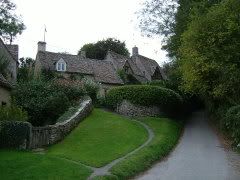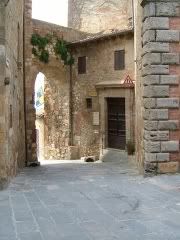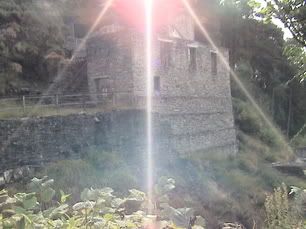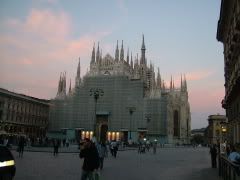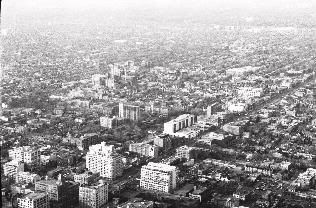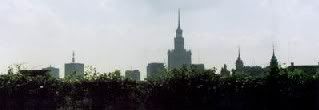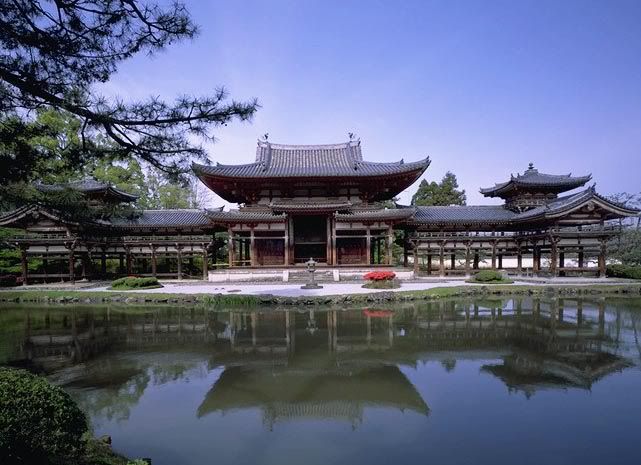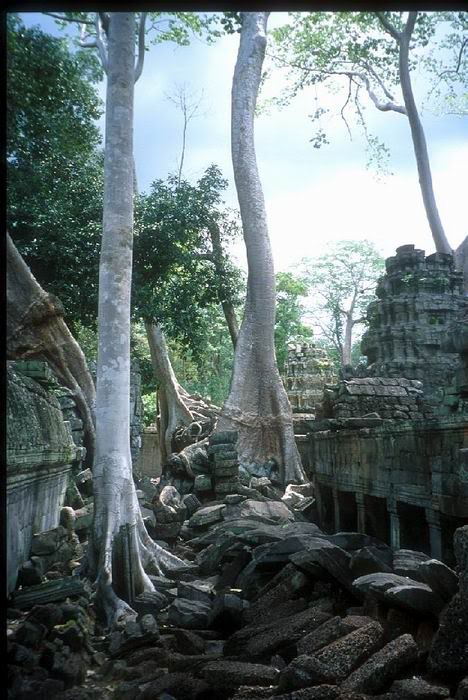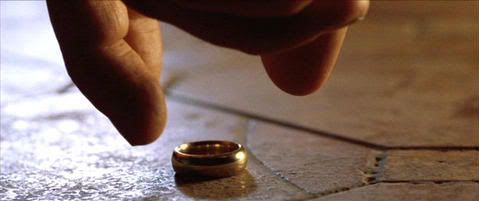We lived in the small town of Braunschweig, Germany for a year - moved there for my husband’s sabbatical just after my oldest daughter’s first birthday. I used the time to travel as much as was possible with an an infant.
We were about 1.5 hours north of the Hartz Mountains - a major tourist area in Germany, famous for its mineral springs and landscape beauty. The old medieval Salt Road passed just west of the Hartz Mountains, going from Amsterdam/Hamburg to Salzburg, Austria. The Salt Road was the object of many wars, the net result of which was to unite/disunite northern and southern Germany several times. The periods of unification are what the Germans refer to as ‘Reichs’ - the first Reich being the north-south unification under Karl der Grosse (Charlemagne), and the second Reich being the east-west unification under Friedrich Wilhelm.
At the outskirts of the Hartz Mountains is the city of Goslar, which was the ‘throne’ of Friedrich Barbarossa, and became the center of control over the Salt Road in the 12th century when Barbarossa conquered Heinrich der Lowe, founder of Braunschweig and Munich, and so gained control over trade all the way from the north of lower Saxony to the south of Bavaria. Although this 12th ce. unification is not referred to as a Reich ... it is more a continuation of the Holy Roman Empire under a different dynasty ... in the Emperor’s ‘convention center’ (Kaiserpfalz) in Goslar, they have huge murals depicting the conquest of Charlemagne, the accession of Heinrich der Lowe, and the conquest of Friedrich Wilhelm, representing the three phases of ultimate unification for all the
landes of Germany.
Goslar was easy driving distance for me with my infant daughter and I would often just drive down and spend the day there, walking the streets pushing a stroller and having lunch and a late coffee in some
conditerei. Goslar is a medieval city, about two hundred years older than Braunschweig, and the roofs of the houses are made from black slate tiles. In the rain, with all the gables and turrets, this makes for the most stunning horizon of glistening black rooftops. It’s a genuine fairy tale setting.
Here’s a brief history from the internet:
“Goslar was founded in 922, and when in 968 the first silver was extracted from the metallic ore of the Rammelsberg, the city began to grow. It became one of the seats of the Holy Roman Empire until the 13th century. At the end of the 13th century Goslar became a member of the Hanseatic League, and prospered during the 15th and 16th centuries. The mines at the Rammelsberg, from where zinc, lead and copper were extracted, remained in operation until 1988.”
A nice example of the black slate rooftops (a) on a street corner, and (b) a view from the marktplatz.


The castle Wernigerode (a) looking upward toward the turrets, and (b) a front view. The streets are very narrow. Looking up from between these ancient, leaning, three and four-story building gave me vertigo!


Front view of the Kaiserpfalz ... it is a fabulously beautiful structure on beautiful grounds. This picture grabs nicely the effect of the great sloping lawn that you climb to reach the staircase.

And the interior murals showing main events in the history of German unification ... this is the great hall where the medieval nobility under Barbarossa would congress to decide the fate of trade in Germany. The murals are ‘modern’- I’ve forgotten now the date when they were added

Jn
edit: pics have been reloaded to change size, per following posts.
